The composition of dark matter remains a mystery, but a new theory involving quantum tunneling may have eliminated some candidates.
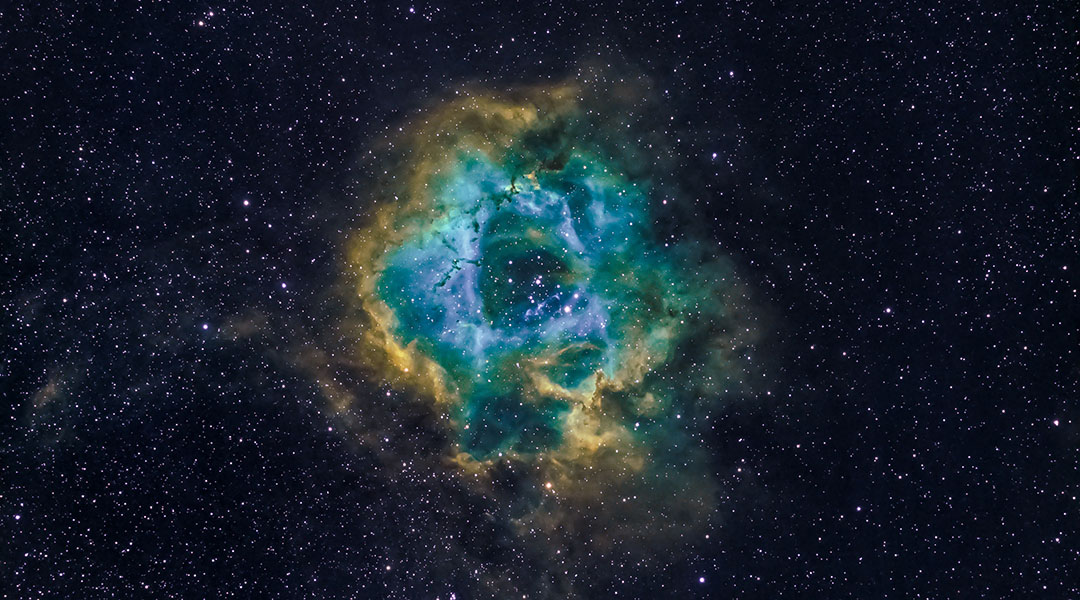

The composition of dark matter remains a mystery, but a new theory involving quantum tunneling may have eliminated some candidates.
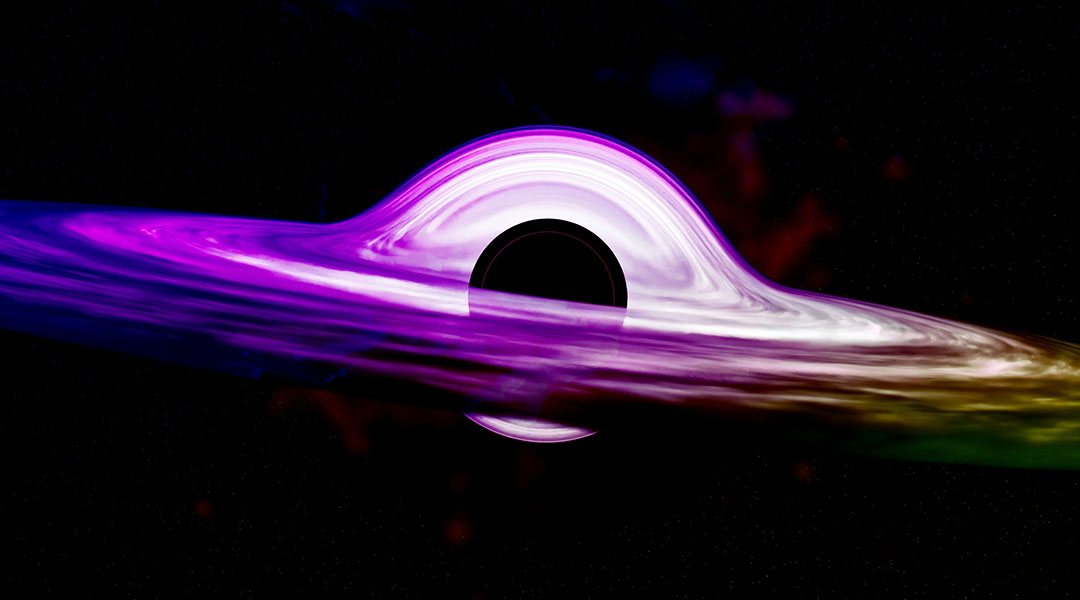
Dark matter could be aggregating around black holes, providing a possible means of indirectly measuring its properties.

Scientists are exploring the behavior of electrons in helicoidal graphene strips, a unique form of graphene with a twisted shape.
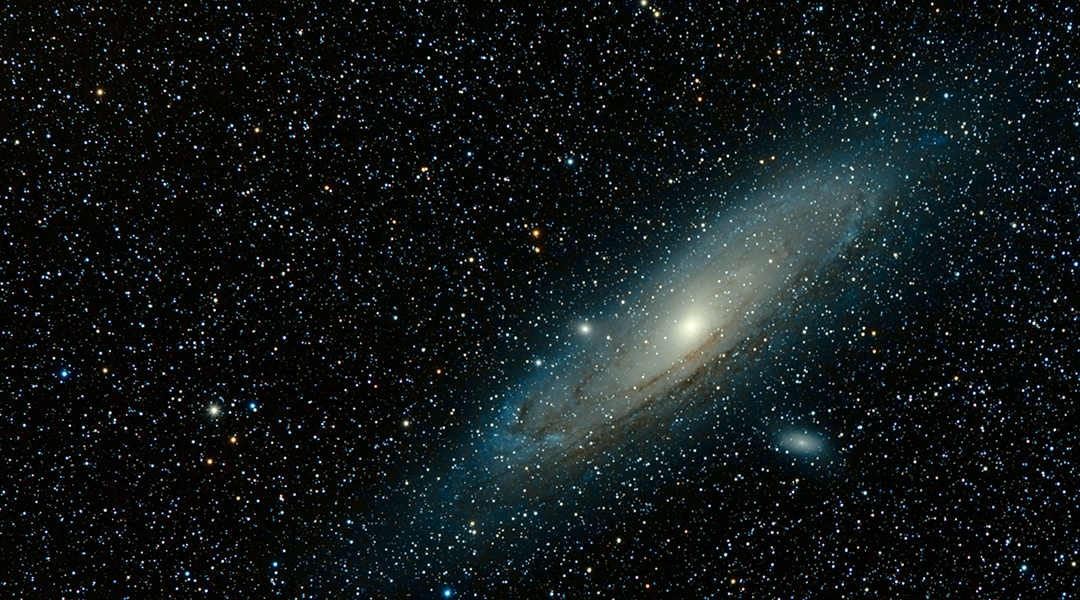
Many physicists are still skeptical that dark energy can fully explain gravity, and are therefore exploring alternative theories.
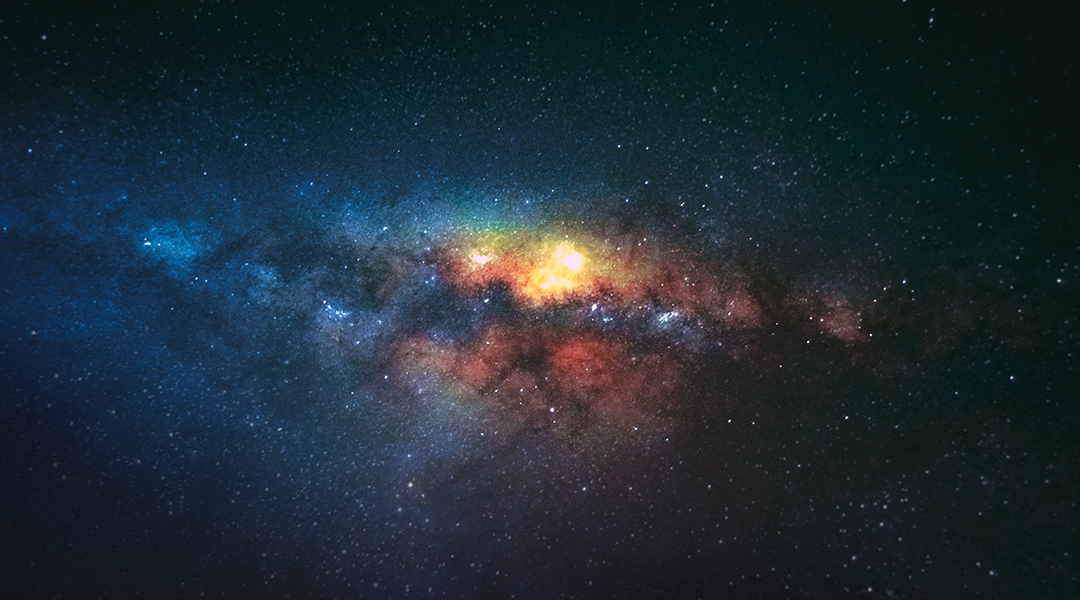
Comparing simulated X-ray emissions from galaxy clusters to real observations provides support for the Standard Model of Cosmology.
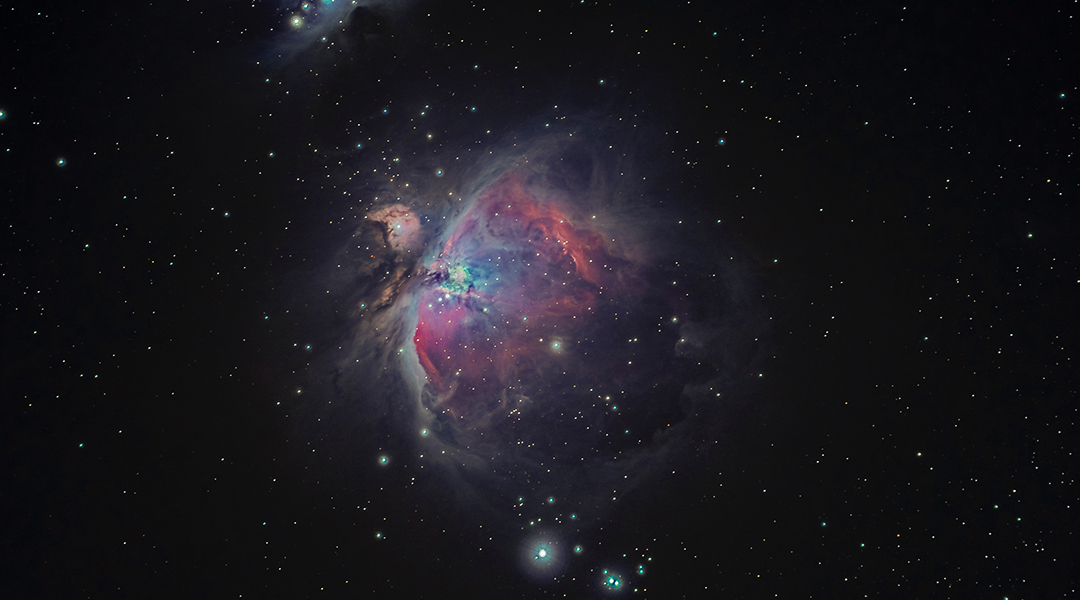
The powerful capabilities of the JWST allowed scientists to penetrate dust and gas clouds to capture crucial data on new star formation.
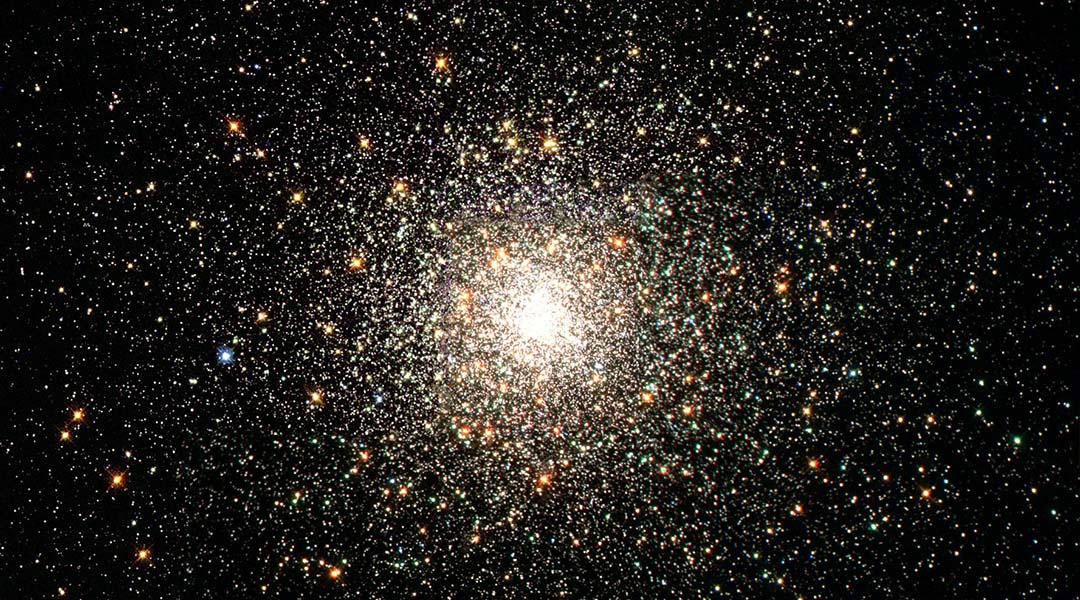
A new study evaluates gravity using string theory, a promising candidate for describing particle interactions at their most fundamental level.
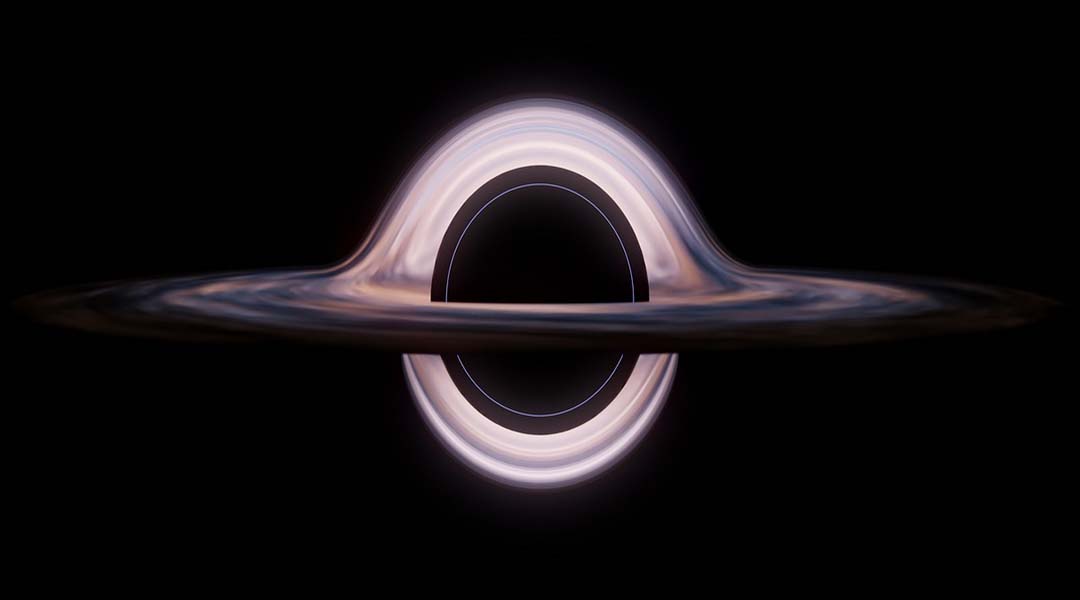
Astronomers looking at how black holes grow over time may have found the answer to one of the biggest problems in cosmology.
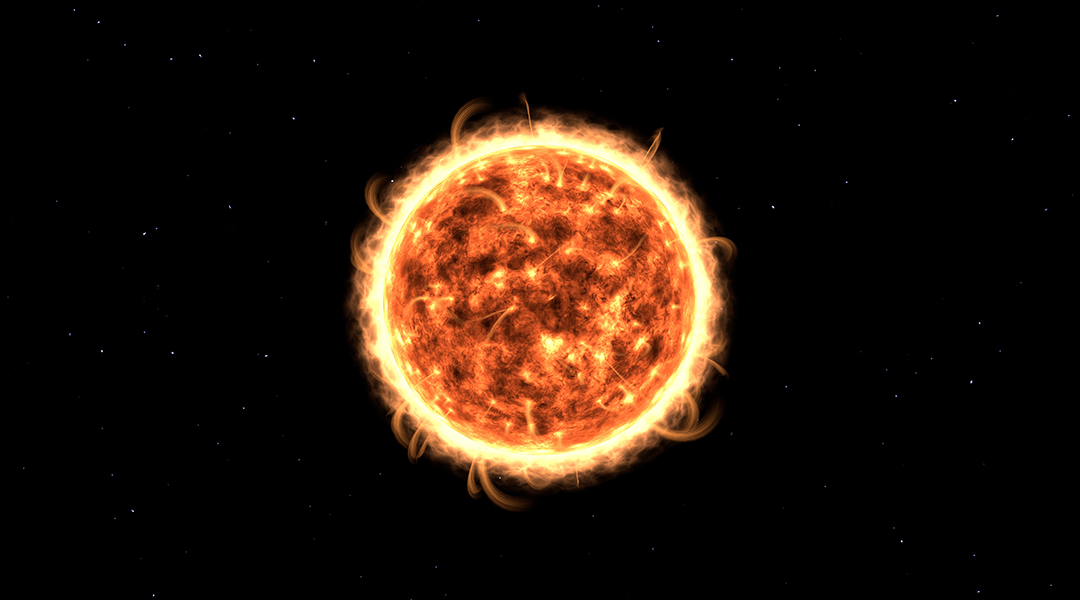
Sending atomic and nuclear clocks into the inner reaches of our solar system could help scientists find proof of elusive dark matter.
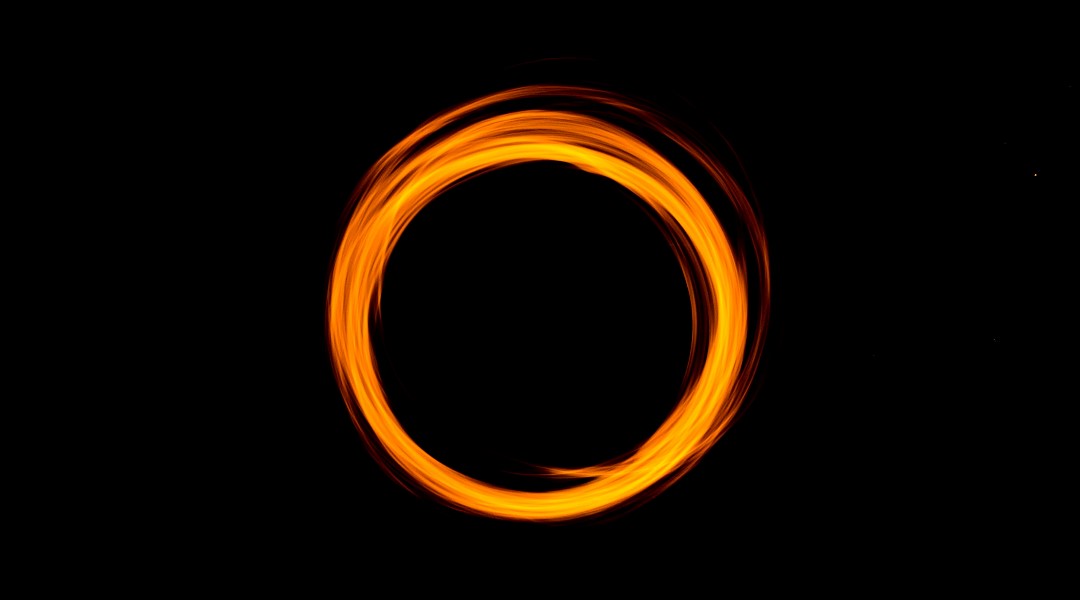
Is it time to start looking for alternatives to WIMPs?